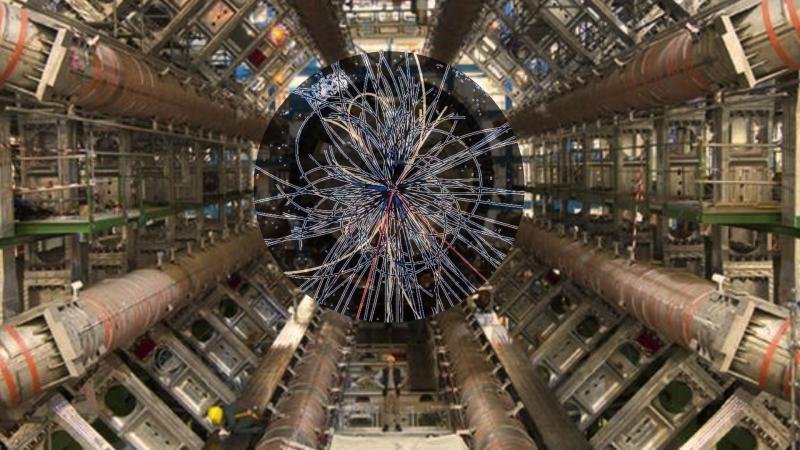
CERN Scientists Shedding Light on Antimatter & Universe’s Origins
The Large Hadron Collider (LHC) at CERN has been at the forefront of unraveling the mysteries of the universe, and its latest discovery is no exception. The ALICE collaboration, a team of scientists working at the LHC, has confirmed the first evidence of antihyperhelium-4, a type of exotic antimatter particle. This groundbreaking finding offers new insights into the fundamental forces of nature and sheds light on the universe’s early moments.
Antimatter is a fascinating yet elusive topic in the world of physics. It is a type of matter that has the same mass as regular matter but opposite charges. When antimatter comes into contact with regular matter, it is annihilated, releasing a vast amount of energy in the process. This unique property makes antimatter extremely difficult to work with, as it requires extremely high-energy collisions to produce and study.
The ALICE collaboration’s discovery of antihyperhelium-4 is a significant milestone in the study of antimatter. Hyperhelium-4, in itself, is a rare isotope of helium that is not found naturally on Earth. By producing its antimatter counterpart, scientists can gain a deeper understanding of the fundamental forces that govern the behavior of matter and antimatter.
The LHC is the largest and most powerful particle accelerator in the world, capable of colliding protons at nearly the speed of light. The ALICE detector, located at the LHC’s interaction point, is designed to study the properties of heavy-ion collisions. These collisions produce a range of exotic particles, including antimatter, which are then detected and analyzed by the ALICE collaboration.
The discovery of antihyperhelium-4 was made possible by the LHC’s ability to collide heavy ions, such as lead or gold, at incredibly high energies. These collisions produce a vast array of particles, including antimatter, which are then detected and analyzed by the ALICE collaboration.
The ALICE collaboration’s findings have significant implications for our understanding of the universe’s early moments. In the first fraction of a second after the Big Bang, the universe was a hot and dense plasma, where matter and antimatter were created in equal amounts. However, for reasons still unknown, the universe ended up being dominated by matter, while antimatter largely disappeared.
The discovery of antihyperhelium-4 offers a new window into understanding this process. By studying the properties of antimatter particles, scientists can gain insights into the fundamental forces that governed the universe’s early moments. This, in turn, can help us better understand why the universe ended up being dominated by matter.
The ALICE collaboration’s discovery is also significant for the study of the fundamental forces of nature. Antimatter particles are sensitive to the strong nuclear force, which is one of the four fundamental forces of nature. By studying the properties of antimatter particles, scientists can gain insights into the strength and behavior of the strong nuclear force.
The discovery of antihyperhelium-4 is a testament to the power of human curiosity and scientific collaboration. The ALICE collaboration’s findings offer new insights into the fundamental forces of nature and shed light on the universe’s early moments. As scientists continue to study the properties of antimatter particles, we can expect to uncover even more secrets of the universe.
Source:
https://researchmatters.in/news/exotic-antimatter-spotted-heavy-ion-collisions-lhc






